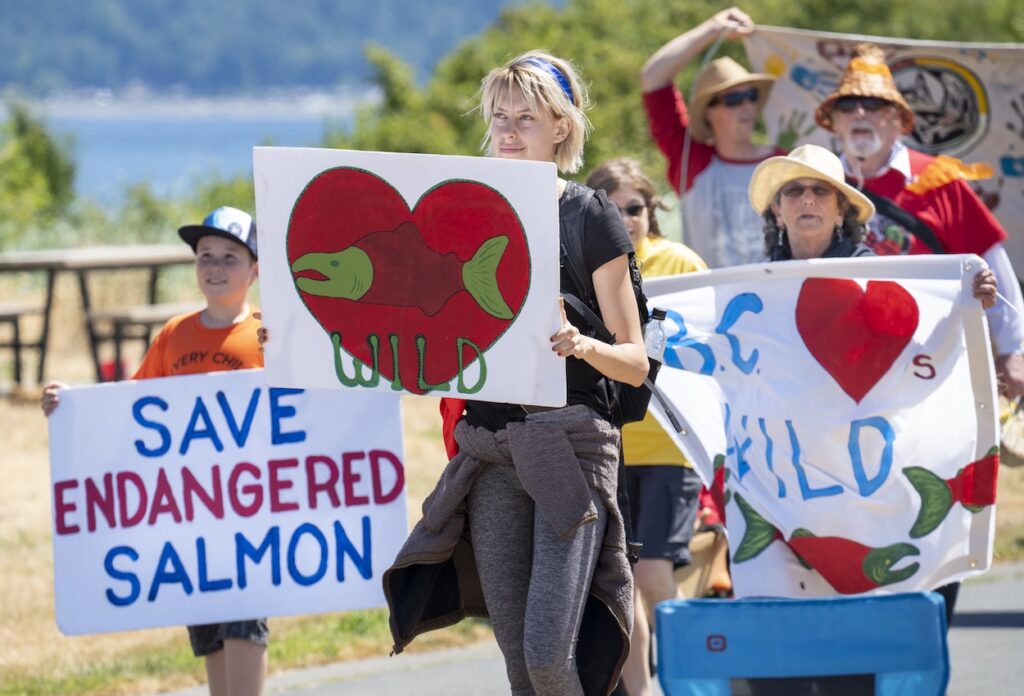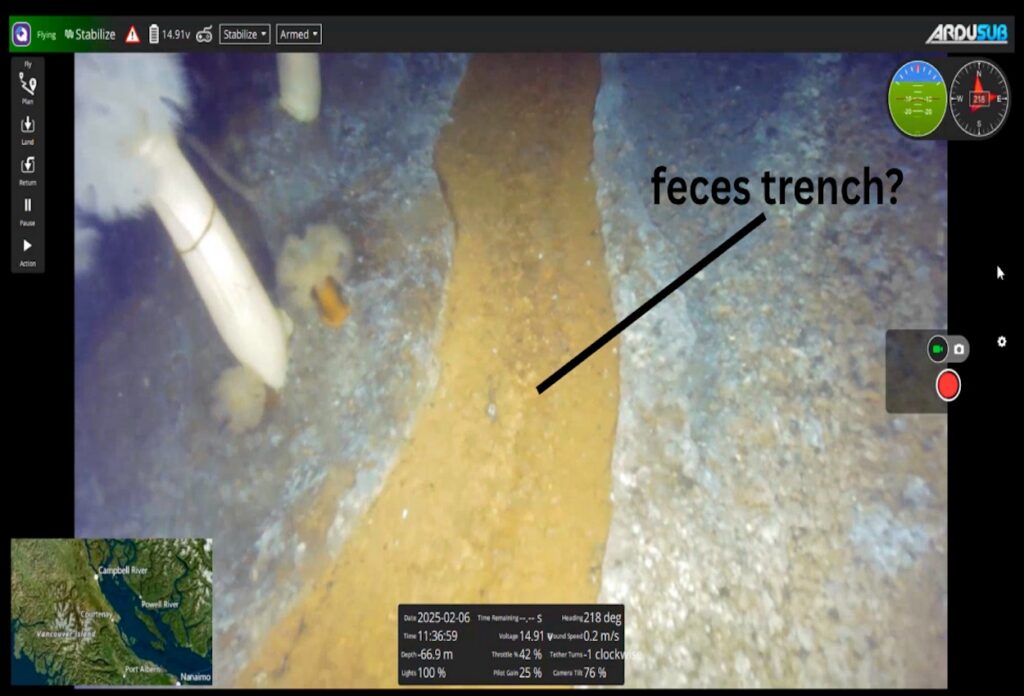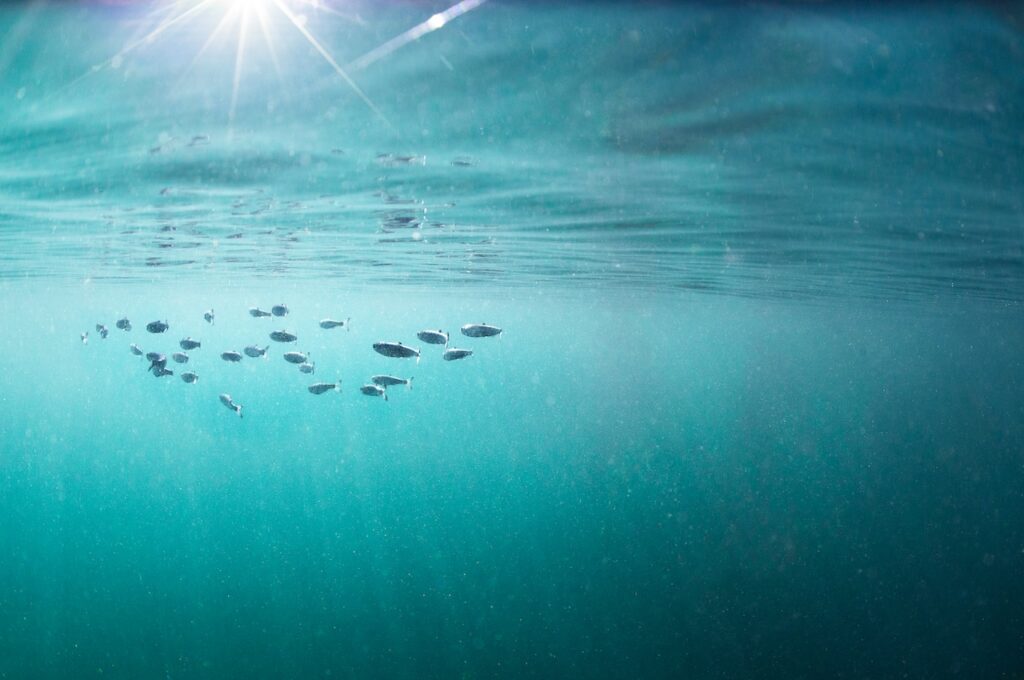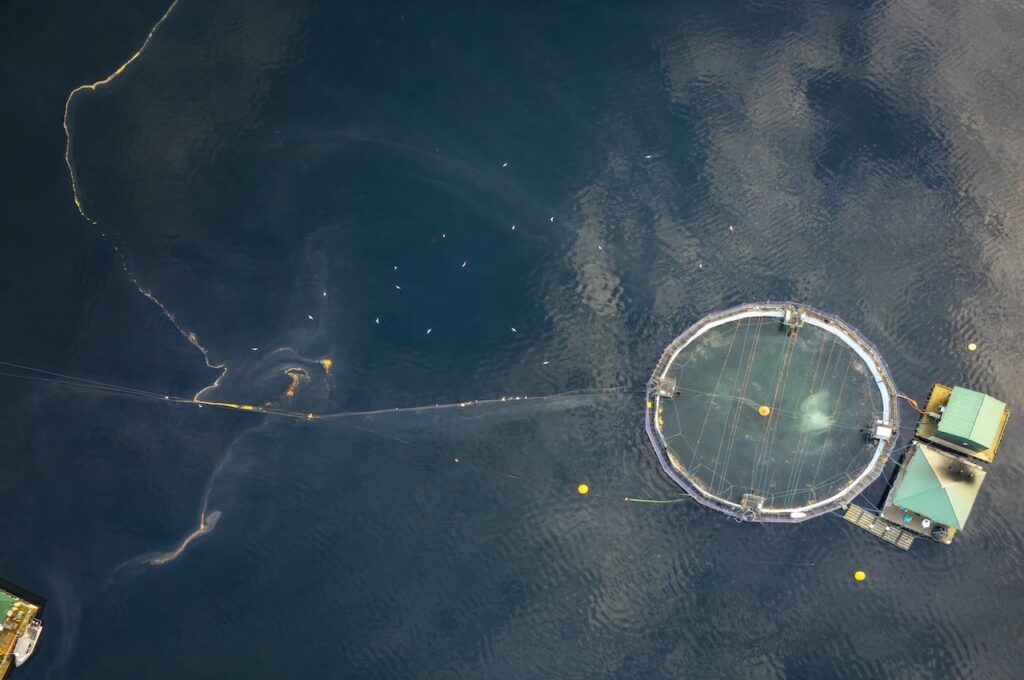Dan Lewis is Executive Director of Clayoquot Action.
On January 30, the BC government released the report of an independent panel appointed to determine the cause of the dam failure at Imperial Metals’ Mount Polley mine last summer. When that dam failed, 25 million cubic metres of toxic slurry flowed into Polley Lake, down Hazeltine Creek and into the pristine waters of Quesnel Lake—home to one quarter of the Fraser River’s sockeye salmon.
The review panel was mandated to investigate and report on the cause of the dam failure, to make recommendations to government to prevent a similar failure, to comment on what could have prevented this failure, and to identify practices in other jurisdictions that could be implemented in BC.
Failure resided in the design
The Panel concluded that the dominant contribution to the failure resided in the design, which failed to identify a continuous layer of glacial till in the vicinity of the breach and to recognize that the dam was susceptible to shear failure.
The failure was triggered by constructing the dam at too steep a slope. Had the downstream slope in recent years been flattened, as proposed in the original design, the disaster would have been avoided.

Imperial Metals agreed there would be no discharges
As noted in a UVic Law Centre study, “A key issue for the public and First Nations concerning approval of the Mount Polley Mine was impacts to pristine or near pristine water bodies such as Hazeltine Creek, Polley Lake and Quesnel Lake. This issue was so significant that [in 1992] Imperial Metals agreed there would be no discharges from the tailings pond or pits … However, this key commitment was later waived [in 2005] … For the public, the granting of an effluent permit was a significant departure from what had been proposed and agreed to.”
Panel rejected “notion that business as usual can continue.”
The Panel found that there are currently 123 active tailings dams in BC. If performance in the future reflects that in the past, then on average there will be two failures every 10 years. Therefore, the Panel firmly rejected “any notion that business as usual can continue.”
One key recommendation of the Panel was to shift from underwater storage of mine tailings to, for example, surface storage using ‘dry stack’ tailings technology.
Cost estimates for conventional tailings dams do not include the costs associated with failure. The Mount Polley case underscores the magnitude of direct costs for cleanup. While economic factors cannot be neglected, neither can they continue to pre-empt best technology.
Clark doubles budget for new mine approvals
How will the BC government respond to the Panel’s recommendations? Last week, in an effort to speed up the approval process, Premier Christy Clark nearly doubled the budget for the department responsible for permitting new mine projects, stating “Up to 10 new mines are expected to proceed in the next few years, and this new funding will make sure we are ready to support these projects.”
This is not the time to fast-track a bunch of new mines in BC. It is imperative to get the Mount Polley spill cleaned up and panel recommendations implemented before launching any new mines. Incredibly Imperial Metals’ contentious Red Chris mine opened Tuesday after receiving a permit to begin to use its tailings dam, just days after the panel report was released.






